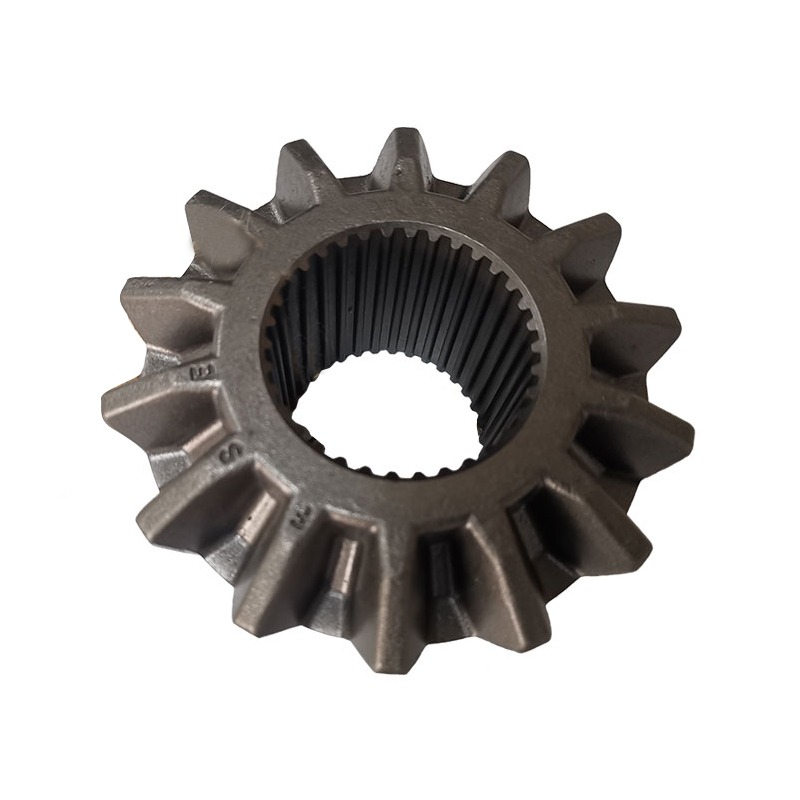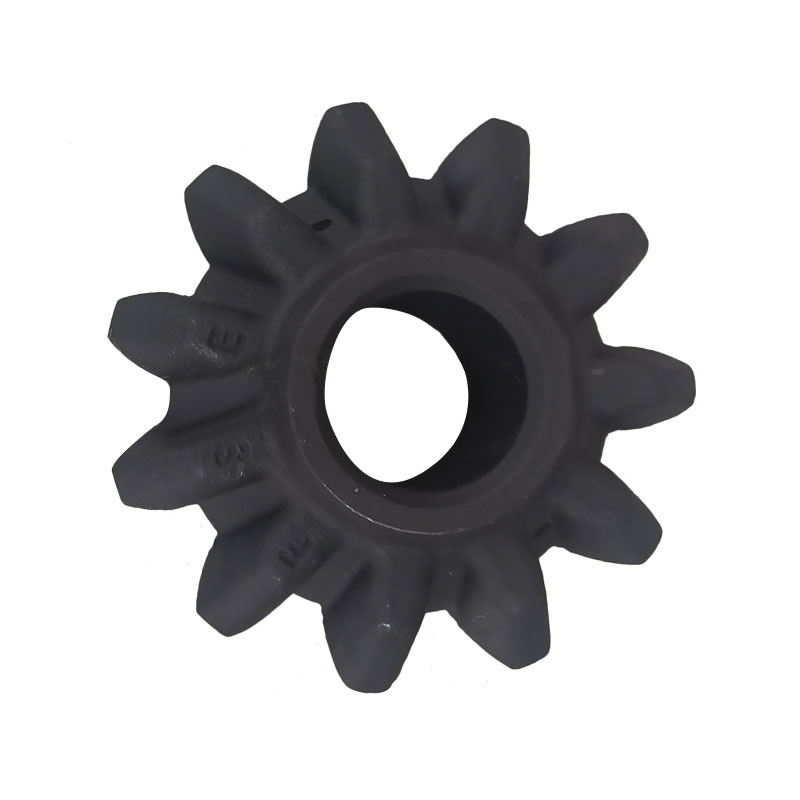Gears are mechanical parts with teeth that can mesh wit […]
Gears are mechanical parts with teeth that can mesh with each other, and are widely used in mechanical transmission and full machinery. There are many types of gears, and the classification method is generally based on gear shafts. Generally divided into three types: parallel shaft, cross shaft and interweaving shaft.

1. Herringbone gear
Tooth line is the main reducer of agricultural machinery, which is composed of two helical gears, left-handed and right-handed. Its advantage is that it does not produce thrust in the axial direction.
2. Spiral bevel gears have good efficiency and various performance parameters. Its performance characteristics: high transmission efficiency, low friction resistance, accurate instantaneous transmission ratio accuracy, large transmission torque, especially suitable for high-speed transmission.
3. Internal gear
Gear is a gear that meshes with straight teeth, and the gear teeth are machined inside the ring. It is mainly used for planetary gear transmission mechanisms and gear couplings.

4. Spur gear
The tooth line and the axis are cylindrical gears in parallel directions. Because of its easy processing, it has been widely used in power transmission.
5. Helical bevel gear is an improved gear developed on the basis of straight bevel gears. Compared with the defects of straight bevel gears, it has been improved. For example, the instantaneous transmission ratio is more accurate and the transmission accuracy is higher. Its transmission efficiency is higher than that of straight bevel gears. It is suitable for occasions where the speed is not too high and lubrication is required.
6. Straight bevel gear is a basic bevel gear. The processing is simple, but the transmission accuracy is not high, and the instantaneous transmission ratio is not accurate. Suitable for low-speed layout.